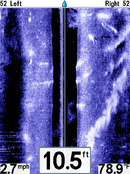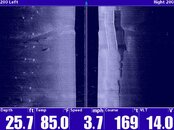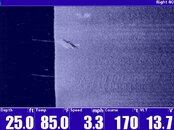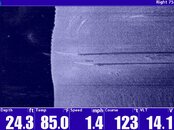Mark Michaud SELAUSAR
Contributor
I have had my Humminbird 797c2 since 2007. I have located numerous stolen cars, sunk boats and have even painted my "body" near a sunken pirogue (upper right corner). I have some other really good images but they are too big to upload here. If someone can fix these I can send them, to you, so they can be posted. It is a great tool. I gave less then 1k for mine.






 ).
).


